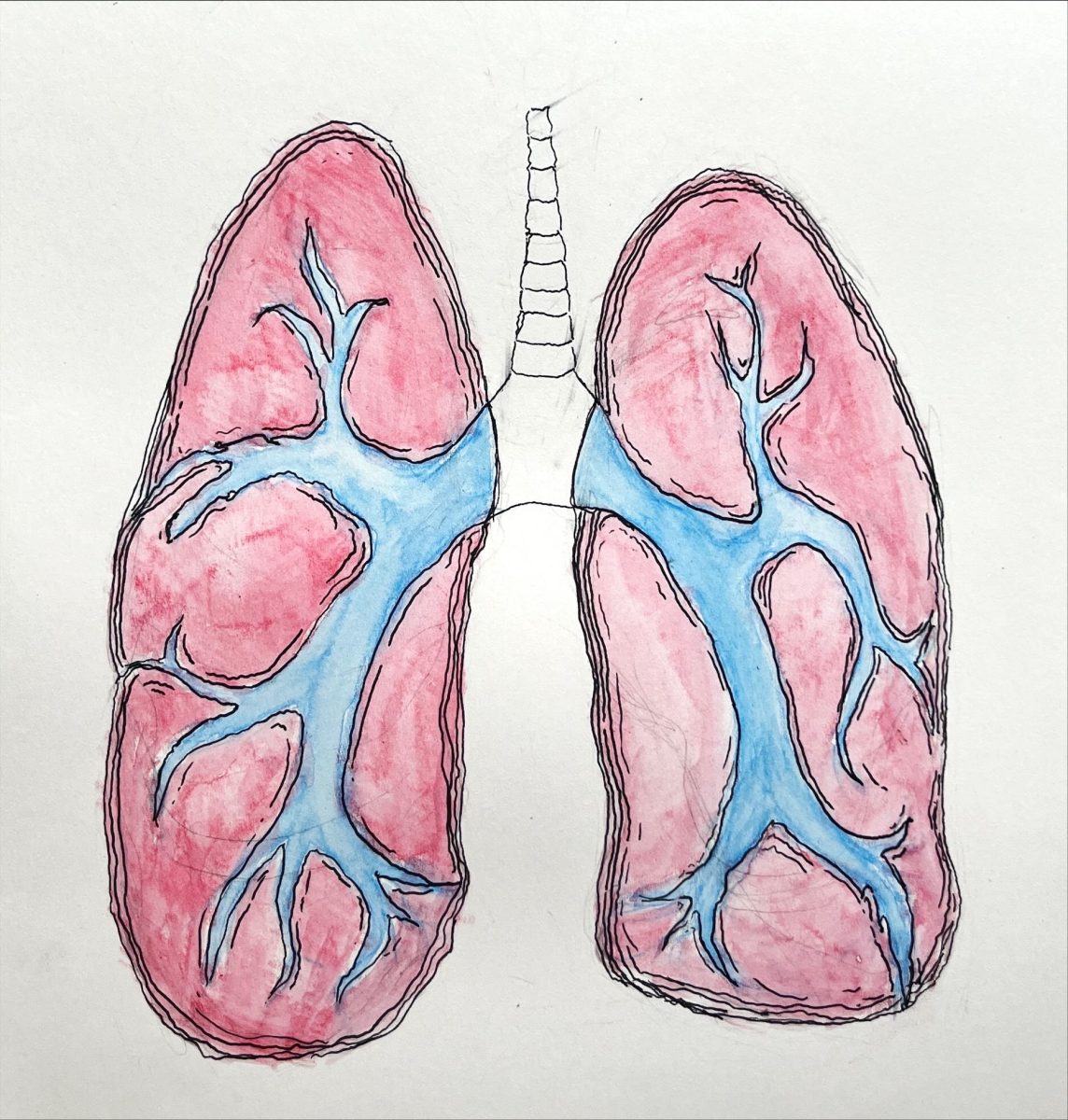Breathe! Asbestos has recently been banned by the Environmental Protection Agency for its harmful effects on human health. The banning of asbestos is beneficial for human health.
On March 18, the EPA announced a comprehensive ban on asbestos, according to AP News. Asbestos is already banned in numerous countries worldwide including Australia, Argentina and Japan, according to Asbestos Nation.
The new rule bans chrysotile asbestos, which is the only ongoing use of asbestos still in the U.S., according to AP News. The ban also bans ongoing uses of asbestos.
Although the EPA didn’t ban all asbestos, it’s important for society to put effort toward finding asbestos replacements.
Asbestos is a mineral that is used in items such as chlorine bleach and brake pads.
Asbestos is present in soil and rocks, which could cause harm to people if they are exposed to it, according to Medical News Today. Asbestos is linked to more than 40,000 deaths each year, according to the EPA. The banning of asbestos could help people avoid death or being diagnosed with tragic health conditions.
Tomoyuki Shibata, a professor of public health, said future cancer diagnoses could be prevented.
“We’ll be able to, you know, prevent future cancer from asbestos exposure in the future generation and that we can deduce asbestos to be dated to an adverse health effect,” Shibata said.
Mesothelioma is a rare cancer that develops in the lining of the lungs, abdomen and other organs and is caused by exposure to asbestos, according to Mesothelioma Hope. Numerous individuals get diagnosed with mesothelioma each year, with 2,500 to 3,000 cases being diagnosed in the U.S. each year, according to Mesothelioma Hope.
Although items like brake gaskets and sodium hydroxide use asbestos, these items should use different ingredients such as cellulose fibers which are less harmful to human health.
Asbestos is still used in some construction and could also be in roofing materials for homes, according to the Agency for Toxic Substances and Disease Registry. Individuals that are part of the construction industry should consider moving to flour fillers or amorphous silica fibers that won’t harm as many people.
Shibata said companies that continue the use of asbestos will now be held accountable.
“They don’t need to invent new technology, so there are all technologies available to create safer chlorine without using asbestos. You know, once you become a big industry, you don’t want to change something, right? So that you know, they need to, but you know this is a law so they need to actually comply,” Shibata said.
The EPA banning asbestos is the first rule to be finalized under the 2016 amendments to the nation’s chemical safety law, according to a press release from the EPA. The banning is truly historic and marks a step in the right direction to protecting people’s health.
The banning of asbestos will make a positive difference in terms of human health and is a step in the right direction for our country.
















